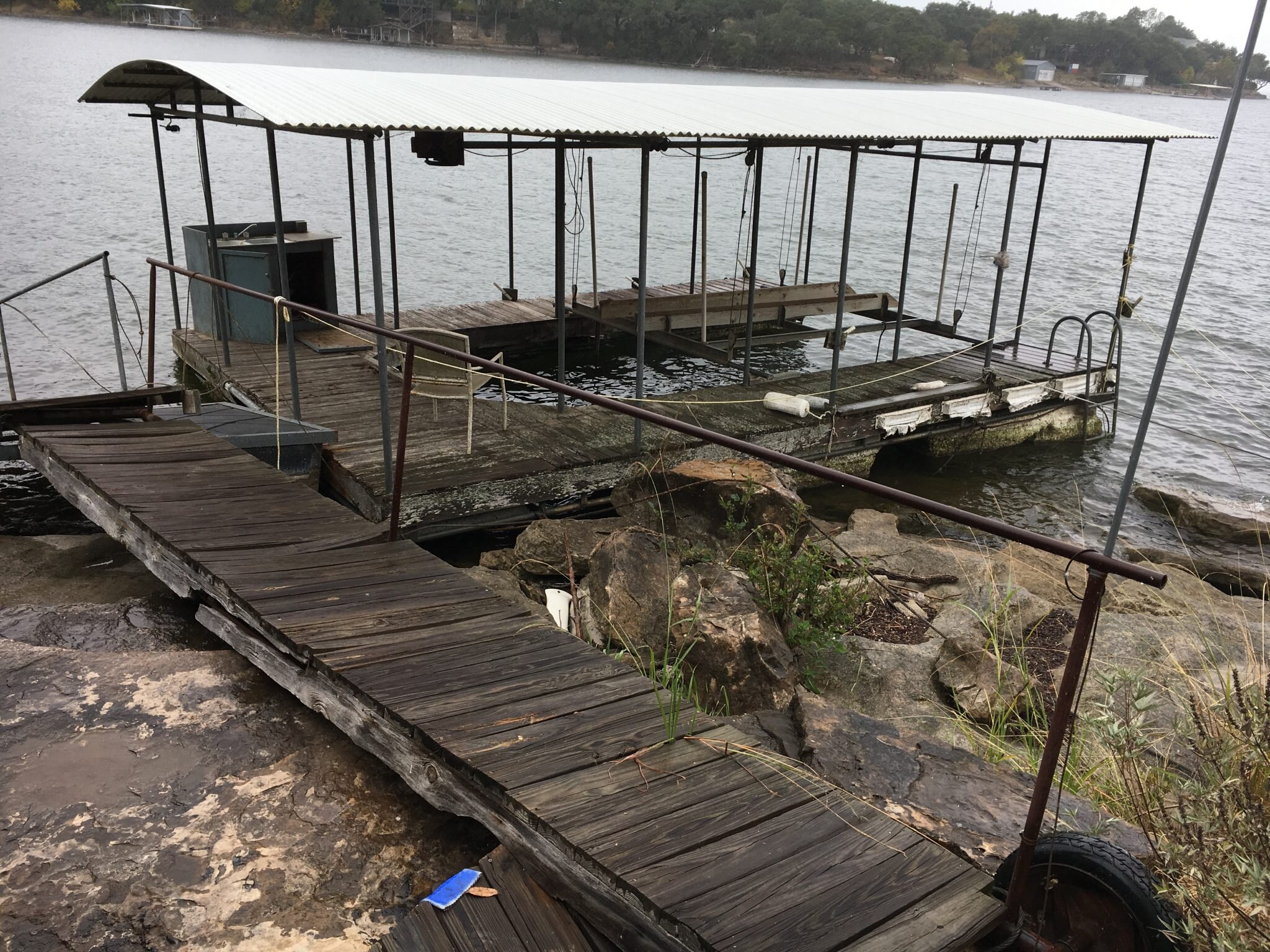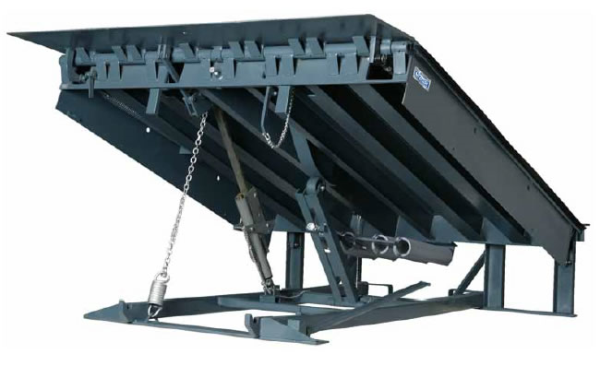DIY Tips for Simple Dock Repairs You Can Deal With
DIY Tips for Simple Dock Repairs You Can Deal With
Blog Article
Efficient Dock Fixing Techniques: Ensuring Structural Honesty
Making certain the architectural integrity of anchors via effective repair service methods is extremely important for the long life and safety of marine facilities. This entails a multi-faceted strategy beginning with extensive inspections utilizing sophisticated innovations like finder devices and from another location ran lorries (ROVs) to find both noticeable and hid damages. Ultimately, choosing the ideal repair products, such as composite materials and corrosion-resistant alloys, is essential for sturdiness. Architectural reinforcement approaches, consisting of the implementation of cross-bracing systems and load-distribution plates, play a crucial role in mitigating stress and anxiety factors. Nevertheless, the value of these methods ends up being noticeable when exploring advanced repair service techniques and preventative maintenance strategies.
Evaluating Dock Damages
Evaluating dock damages is an essential first step in ensuring the architectural stability and safety of any type of docking facility. This initial analysis involves a detailed evaluation to determine both covert and noticeable damages. Key facets to check out include the dock's foundation, pilings, decking, and hardware. Each element must be inspected for indications of wear, rot, corrosion, or various other types of deterioration that can endanger the structural integrity.
Architectural engineers or certified inspectors typically do these evaluations making use of specialized tools and methods. Underwater evaluations may use finder equipment or from another location operated cars (ROVs) to detect submerged damage. Over water, aesthetic inspections are complemented by using wetness meters and various other diagnostic devices to reveal underlying issues not promptly visible to the nude eye.

Choosing Fixing Materials
Picking the proper fixing products is an essential action in the dock restoration process, one that straight influences the durability and performance of the repaired framework. Product option need to be driven by elements such as ecological conditions, load-bearing demands, and compatibility with existing dock parts.
Along with timber, composite materials are increasingly popular because of their durability and reduced upkeep demands. Compounds, normally made from a blend of plastic and timber fibers, provide exceptional resistance to rot, pests, and UV damage. For metal docks, picking corrosion-resistant alloys such as galvanized steel or marine-grade light weight aluminum is vital to protect against corrosion and make certain architectural integrity in saline water conditions.
Epoxy resins and marine-grade sealants are indispensable for fixing cracks and securing joints, supplying a waterproof obstacle and enhancing the dock's general stamina. By diligently picking premium materials, dock repair work can achieve lasting results, consequently safeguarding against future destruction and making certain safe, trusted usage.
Architectural Reinforcement Methods
Reliable architectural support techniques are vital in making sure the security and long life of dock fixings. This technique is specifically efficient for anchors subjected to heavy tons or extreme ecological problems.
Another crucial strategy is the application of fiber-reinforced polymers (FRP) These products use high strength-to-weight ratios and outstanding resistance to rust, making them ideal for reinforcing concrete or wood docks. FRP can be used in sheets or strips and bonded with epoxy resins to boost structural stability.
Bracing and securing systems also play an important function in structural reinforcement. Cross-bracing, making use of steel or wooden beams, can neutralize lateral forces, decreasing guiding and activity. Securing systems, such as helical piers or driven piles, supply a stable structure by transferring tons to deeper, much more secure soil layers.
Last but not least, the combination of load-distribution plates can help distribute weight a lot more uniformly across the dock's surface area, mitigating local stress and anxiety factors. These strategies collectively guarantee that docks stay robust and risk-free, with the ability of enduring the roughness of their functional environment.
Advanced Repair Approaches

One more innovative strategy involves undersea welding, which enables repairs to be conducted without the demand to dewater the location. This method is specifically beneficial for addressing architectural problems in immersed dock components, making certain minimal disruption to procedures. Improved welding strategies, coupled with robotic systems, provide accuracy and dependability, thereby extending the lifespan of the dock.
In addition, cathodic defense systems are implemented to stop corrosion in metallic dock frameworks. By utilizing sacrificial anodes or amazed existing systems, these methods successfully minimize the electrochemical procedures that bring about product deterioration.
Lastly, advanced tracking innovations, such as architectural health tracking (SHM) systems, offer real-time information on the condition of dock frameworks. These systems allow aggressive maintenance and prompt interventions, ultimately ensuring the lasting architectural stability of the dock.
Maintenance and Avoidance
Upkeep and avoidance are essential concepts that underpin the longevity and security of dock frameworks. Normal inspections are critical, permitting early discovery of damage, potential weaknesses, and environmental impacts. A positive technique, entailing routine look for deterioration, rot, and architectural shifts, minimizes expensive fixings and prolongs the dock's operational life.
Preventive actions need to include using protective redirected here layers to metal components to guard against rust and making use of cured wood to resist decay. In addition, making certain correct water drainage and air flow can avoid water build-up, which is a common root cause of structural degradation. Including top quality products and sticking to maker standards click to read during building and construction and repair service stages likewise play crucial duties in enhancing resilience.

Training personnel in dock maintenance best techniques makes certain regular application of safety nets. Leveraging technological advances, such as drones for evaluations and sensing units for real-time surveillance, can additionally improve maintenance efforts. By prioritizing upkeep and avoidance, dock proprietors can guarantee architectural stability, operational safety and security, and economical management over the dock's life-span.
Final Thought
In conclusion, preserving the architectural integrity of aquatic centers necessitates detailed dock repair service techniques. Advanced repair service methods, coupled with regular maintenance methods, ensure the dock stays functional and secure under diverse ecological problems.
Making sure the architectural stability of docks through effective fixing techniques is critical for the longevity and safety of aquatic facilities.Picking the proper repair service materials is a crucial action in the dock restoration process, one that directly affects the longevity and performance of the repaired framework.Effective architectural support techniques are critical in making you can look here certain the stability and longevity of dock fixings. By prioritizing maintenance and avoidance, dock owners can make sure structural honesty, operational safety and security, and cost-effective administration over the dock's lifespan.
In conclusion, keeping the architectural integrity of marine facilities necessitates extensive dock repair service methods.
Report this page